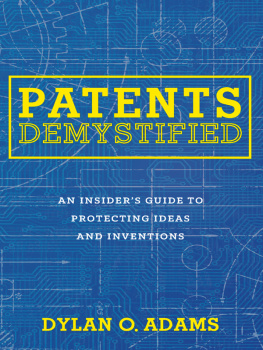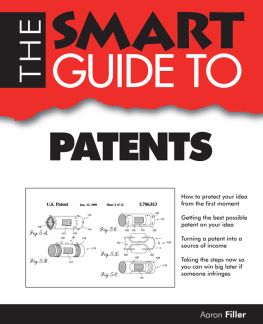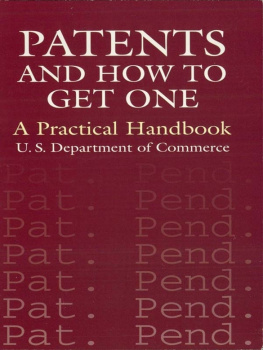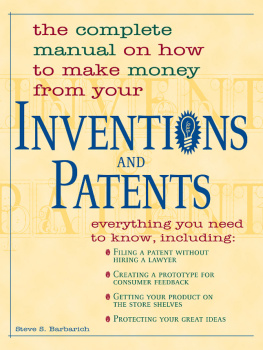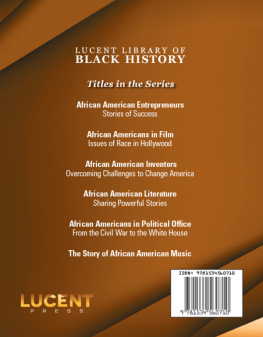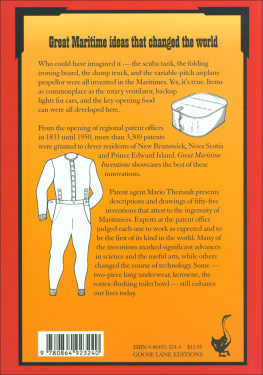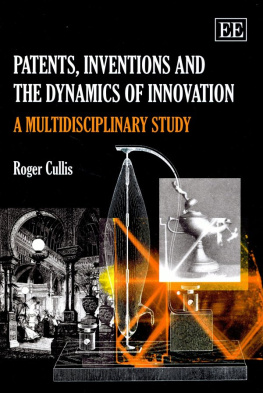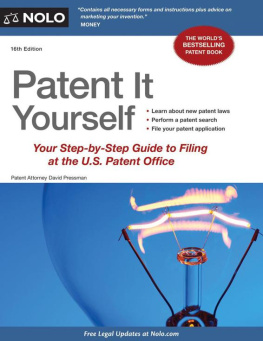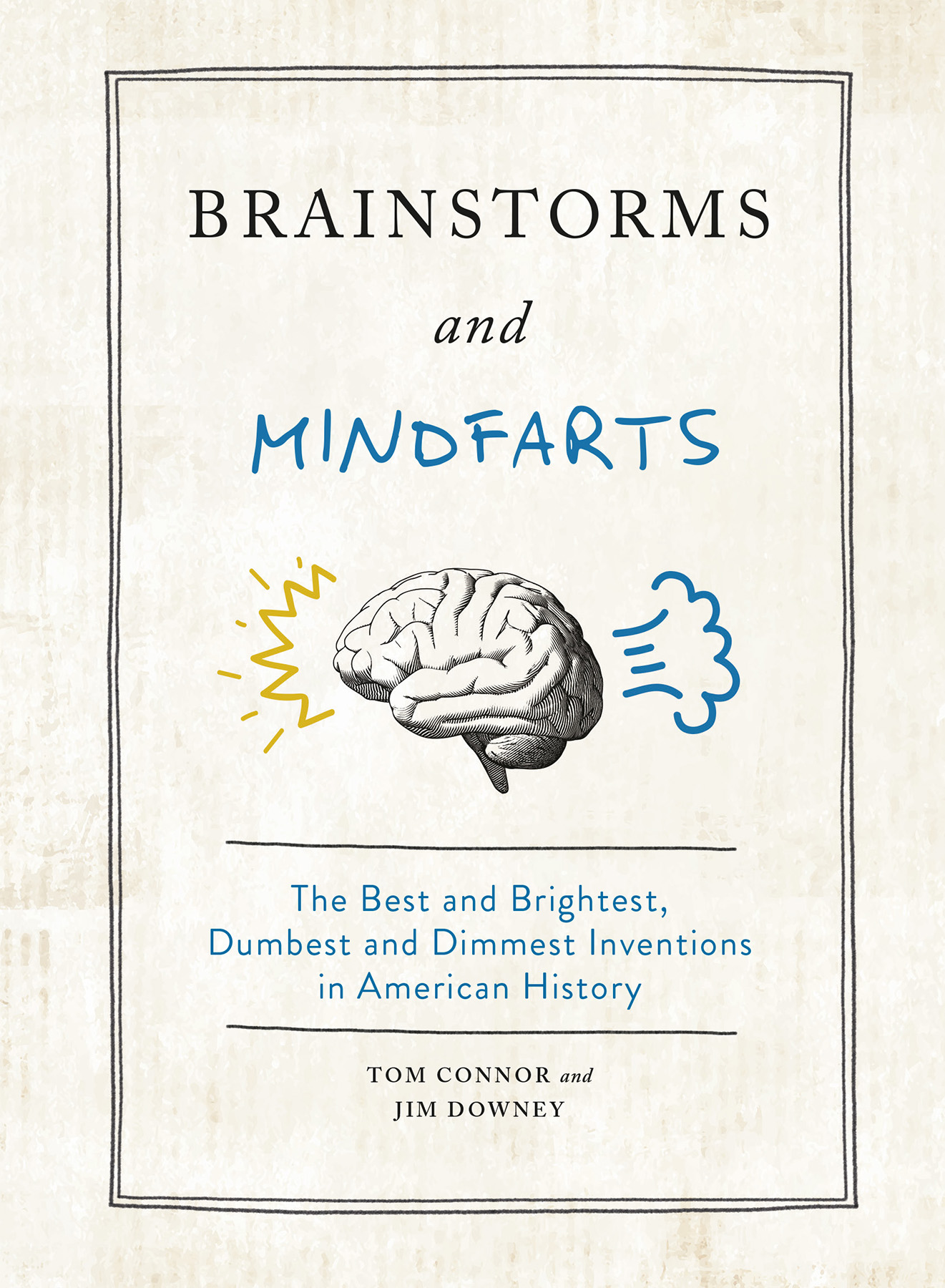
The third-party brand names and/or trademarks used in this book are the property of their respective owners. The owners of these brands and/or trademarks have not endorsed, authorized, or sponsored this book.
Copyright 2021 by Tom Connor and Jim Downey
Cover copyright 2021 by Hachette Book Group, Inc.
Hachette Book Group supports the right to free expression and the value of copyright. The purpose of copyright is to encourage writers and artists to produce the creative works that enrich our culture.
The scanning, uploading, and distribution of this book without permission is a theft of the authors intellectual property. If you would like permission to use material from the book (other than for review purposes), please contact permissions@hbgusa.com.
Thank you for your support of the authors rights.
Running Press
Hachette Book Group
1290 Avenue of the Americas, New York, NY 10104
www.runningpress.com
@Running_Press
First Edition: May 2021
Published by Running Press, an imprint of Perseus Books, LLC, a subsidiary of Hachette Book Group, Inc. The Running Press name and logo is a trademark of the Hachette Book Group.
The Hachette Speakers Bureau provides a wide range of authors for speaking events.
To find out more, go to www.hachettespeakersbureau.com or call (866) 376-6591.
The publisher is not responsible for websites (or their content) that are not owned by the publisher.
The photographs copyright
Getty Images
Library of Congress Control Number: 2020947057
ISBNs: 978-0-7624-7244-4 (hardcover), 978-0-7624-7246-8 (ebook)
E3-20210318-JV-NF-ORI
To every kid with a little daydream and every grown-up with a big idea, we dedicate this collection to prove that anything is possible.
Passion and insatiable curiosity mark the inventive mind.
Throughout American history, the great inventors and innovators have shared these essential traits. Gazing far into the future, they saw the products and services that one day would transform not only the country but the world. The Founding Fathers were innovators and entrepreneurs. While passionate about creating this new thing called a democracy, our Founding Fathers, such as Benjamin Franklin, were also driven to change the way humans lived and workedto complete everyday tasks faster, more easily, and more efficiently. As with all visionaries, they simply liked seeing their brainy ideas become reality, no matter how myopic and ridiculoushow asinine and flatulent, if you willa good number of them might be!
Let us not neglect, then, the otherwise forgotten mad or sad geniuses and dreamers whose obsessions drove them to file patent applications for products destined for un-greatness. We can only guess at the Rube Goldberglike workings of their minds, but, as a class, they seem to share a number of characteristics: (1) they thought they were geniuses; (2) they were convinced that the patent applications they were filing would not only be granted but would make them a fortune; and (3) in spite of all previous evidence to the contrary, they believed their spouses would finally stop saying, Youre such a fool!
Take, for example, the Dog Toy (US636069391), which is a fake stick (see all, we thought it was a good idea to write about patents like the Dog Toy!but the invention seems less the product of pure genius than one of pure laziness.
And yet the funny thing about patents and products like this is that sometimes they pop up at precisely the right moment for the world to wake up one morning and say, Thats ridiculous! I want one!
Take, for a more inspiring example, the Slinky (US2415012A). In 1943, mechanical engineer Richard James accidentally knocked a coil of wire springs off a shelf and onto the top of a nearby flight of stairs, then watched as the springs walked gracefully down the steps. When the Slinky, as he called it, appeared in the window of Gimbels department store in Philadelphia over Christmas in 1945, four hundred of the toy novelties sold out within minutes. To date, over 350 million Slinkys have sold (see ).
But back for a moment to the pioneering inventors who gave America its reputation for innovation and many of the worlds most remarkable inventions.
While working in his brothers Philadelphia print shop, a young man by the name of Benjamin Franklin, arguably the progenitor of American inventions and patents, was fascinated by the effect of machines on design and production, and their potential both to improve on existing technologies and to create what hadnt been seen before, like bifocal lenses, or refrigeration, or scuba fins.
In many cases, great inventors and innovators are trying to solve a problem, says Fairfield, Connecticut-based patent attorney Paul Fattibene, who has filed more than a thousand patents for clients in his career. Its a matter of finding a solution to that problem that others havent come up with yet Its a matter of taking a fresh approach to an existing problem and, hopefully, a simpler, less expensive solution.
Not everybody is willing to sit down and think through the solution to a problem, notes Sean Patrick Suiter, founder of the intellectual property firm Suiter Swantz in Omaha, Nebraska. I dont really know a lot of successful inventors who have Eureka! moments, although the popular press portrays it that way. Yet theres certainly that moment when theres this conception of a fully formed idea of how to solve a problem, or the identification of the source of a problem, but these are individuals who have been thinking about the problem for a while.
A constant flow of ideas seems fundamental to success when it comes to innovation. Thomas Edison reportedly filled 3,500 notebooks with jottings and drawings for new gadgets by the time of his death in 1931 at age eighty-four.
As of 2018, the US Patent & Trademark Office had granted its ten millionth patent. But with over 500,000 applications being filed annually, fewer than half of these applicants will be granted patents and far fewer stillan estimated 1 percent of patent applicationswill realize commercial success, according to the Patent & Trademark Office. Some are flawed by mistakes or missing details; others are too ridiculous to take seriously; still others are simply ahead of their time.
This, however, will probably have little dampening effect on the current crop of inventors, innovators, and entrepreneurs. Inventors dont think in terms of success and failure. When an idea doesnt pan out, rather than abandoning it, theyre more likely to file it in the back laboratories of their minds and move on to the next idea. Thomas Fetidson (it is said that Edison went days without bathing) reportedly tried over 900 variations of the light bulb before finding the one that worked. His explanation? Thats how many steps the pioneering technology required.
Inventors dont necessarily invent so much as they look at existing problems with fresh eyes. As historians have pointed out, inventors also dont see the world as it isthey see the world as it can be and are continually challenging accepted norms.
Whats more, pioneering inventors rarely create something from scratch. Rather, they often stand upon the shoulders of earlier thinkers and inventors. Just as Leonardo da Vinci is said to have based his drawings for a flying machine on an ancient Chinese toy, the Wright brothers drew inspiration from French engineer Paul Cornu who, thirty-seven years earlier, built a model helicopter powered by nothing more than rubber bands (Cornu may well have been inspired by da Vinci). So when Igor Sikorsky was credited with inventing the first functional helicopter in 1940, it was less a matter of a fresh invention than one of improving on earlier models, often found in nature.


